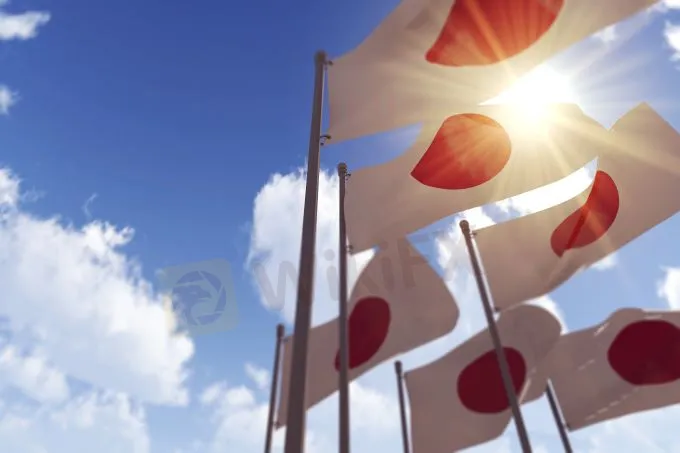简体中文
繁體中文
English
Pусский
日本語
ภาษาไทย
Tiếng Việt
Bahasa Indonesia
Español
हिन्दी
Filippiiniläinen
Français
Deutsch
Português
Türkçe
한국어
العربية
Bank of Japan Changes Inflation Outlook
Abstract:The Bank of Japan changed its inflation stance in its meeting on Tuesday for the first time since 2014. With energy costs spiking, the BoJ has decided to revise its inflation projection from 0.9% to 1.1% for the fiscal year starting in April. The bank also projects inflation to remain at 1.1% for the following year. This signals that, while Japan has largely been a hold-out when it comes to the inflation sweeping across various economies across the globe, prices are still rising, primarily in fuel and cooking essentials.
The Bank of Japan changed its inflation stance in its meeting on Tuesday for the first time since 2014. With energy costs spiking, the BoJ has decided to revise its inflation projection from 0.9% to 1.1% for the fiscal year starting in April. The bank also projects inflation to remain at 1.1% for the following year. This signals that, while Japan has largely been a hold-out when it comes to the inflation sweeping across various economies across the globe, prices are still rising, primarily in fuel and cooking essentials.
The Bank of Japan also used slightly different language in its meeting to describe its price risk assessment. Since 2014, the banks price risk assessment has been “skewed to the downside”, while the bank now said it was “generally balanced”.
Bank Maintains Monetary Policy
However, Japanese companies have been absorbing these price increases for the most part, and Japans inflation is so far still weaker than that in other countries such as the United States or the UK. In fact, in its quarterly outlook report, the bank still projects inflation to remain well below 2% for the period ending in 2024.
Therefore, as of now, the bank is maintaining its monetary policy and making no change to asset purchases, negative interest rate and yield curve control policies. This comes even as other global central banks are tightening their monetary policies. For now, the pandemic-driven stimulus the Japanese government has been injecting into its economy will continue.
This revision by the BoJ was largely expected by the financial markets, though within an hour of the announcement, the Japanese yen fell against the US dollar to a near-5-year low at ¥115.
Japan has seen a year-on-year increase in November and December 2021 in wholesale costs as high as 8%-9%, which indicate that input costs are increasing.
Consumer spending has been rising in Japan, primarily aided by the lifting of restrictions and states of emergency from major cities, including Tokyo. However, with the rapid spread of the Omicron variant, the Japanese government is likely to return to these measures, which will have an inevitable effect on consumer behavior.

Disclaimer:
The views in this article only represent the author's personal views, and do not constitute investment advice on this platform. This platform does not guarantee the accuracy, completeness and timeliness of the information in the article, and will not be liable for any loss caused by the use of or reliance on the information in the article.
WikiFX Broker
Latest News
Why Even the Highly Educated Fall Victim to Investment Scams?
Warning Against Globalmarketsbull & Cryptclubmarket
BSP Shuts Down Uno Forex Over Serious AML Violations
ACY Securities Expands Global Footprint with South Africa Acquisition
Tokyo Police Arrest 4 for Unregistered FX Trading Scheme
Rupee gains against Euro
Axi Bids AUD 52M to Acquire Low-Cost Broker SelfWealth, Outbidding Competitor Bell Financial
Crypto Influencer's Body Found Months After Kidnapping
US Regulators Tighten Oversight on Bank Anti-Money Laundering Efforts
Doo Group Expands Its Operations with CySEC License
Currency Calculator


